#textiles and linens
Explore tagged Tumblr posts
Text
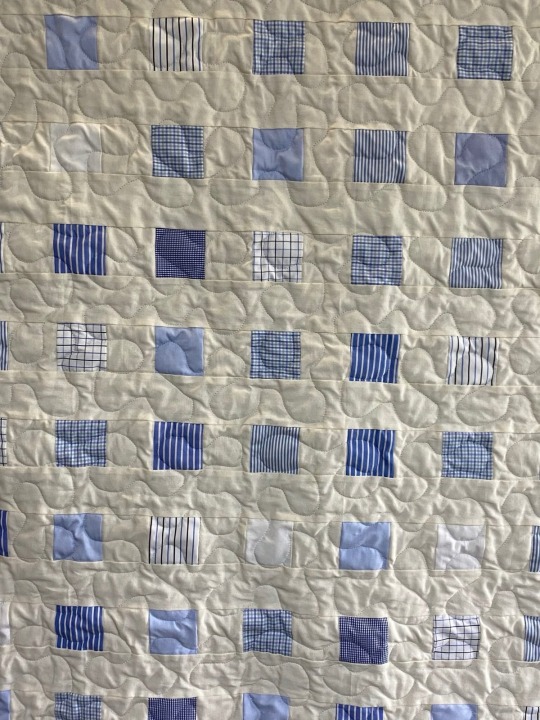
https://www.pinterest.com.
32 notes
·
View notes
Text
no but genuinely I lose a little more patience for people who won't wear wool, leather, silk, or fur every day that I live in a world where plastic is increasingly the only damn kind of clothing you can find (or the only kind of fabric for sewing, even)
obviously, animal cruelty is horrible. I believe that even industries that rely on the deaths of animals should make their lives as good and their ends as humane as possible. and many of these industries need tighter environmental regulations on their production practices- some of the chemicals involved are highly toxic and ill-controlled at times
but at some point, you have to wake up to the fact that the only alternative we've found to date is destroying our planet
it's all plastic. and plastic is horrible for the world- the environment, humans, and especially animals. how cruelty-free is it to cause mass habitat loss? or climate change that disrupts food sources for those animals on a vast scale? how is that better than the deaths of a relatively small proportion of animals comparatively?
(and don't even start with "but pineapple leather! but cactus leather!" when those are still basically plastic due to heavy plastics use in their production processes. there is currently no non-plastic alternative to most animal-based textile products)
I've always tried to keep in mind that we all have to decide where our line is, that we all consume and there's no way of living in this world that doesn't take something from it. that for me, plastic clothing is to be avoided as much as possible, and for others, animal clothing products are to be avoided as much as possible. that the choice is equally valid
but I'm having a hard time seeing it as valid anymore when it just feels like trying to push the unpleasant part away from yourself so you can pretend your choice has no negative impacts. you're not wearing animal skin (or wool that an animal didn't even die to produce), so surely your way of doing things is better! no animals were harmed in the making of your outfit!
except. they were.
they and all the rest of us.
#fuck plastic#except for medical purposes#textiles#capitalist hellscape#(because companies use 'going cruelty-free' as an excuse to make their entire lineup a cavalcade of plastic)#textile waste#plastic waste#'just wear cotton or linen or hemp!' I mean I do but also#I live in New England#good luck with that when winter comes around#just bought a wool mantle with a fur-trimmed collar (yes it's vintage fur) from a friend and I fully expect to get use out of it soon#I just want to be able to buy Real Clothing (ie Not Plastic)#I can for now but. how much longer will I be able to?
4K notes
·
View notes
Photo
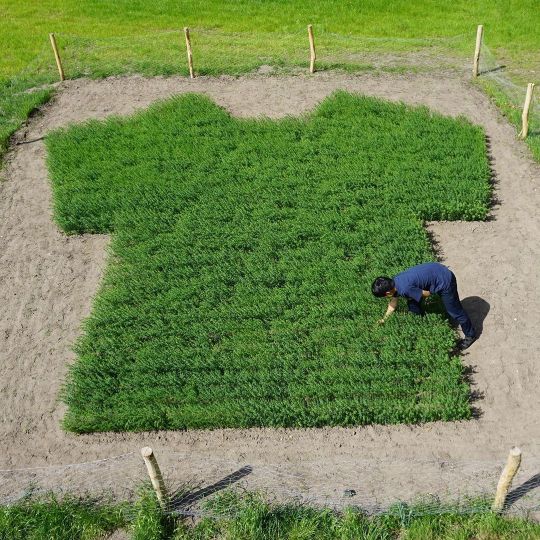
Field to Fabric: Takahiro Hasegawa's Ode to Linen in 'One Field, One T-shirt'
#fashion#minimalism#sustainability#japanese art#takahiro hasegawa#contemporary#the linen project#art#textile art#linen
9K notes
·
View notes
Text

'euthenia in a garden,' wall hanging, linen and tempera paint, egypt c. 30 b.c.
1K notes
·
View notes
Text

Anni Albers, "Tapestry," 1948,
Linen and cotton,
Dimensions16 1/2 x 18 3/4" (41.9 x 47.6 cm),
© 2025 The Josef and Anni Albers Foundation / Artists Rights Society (ARS), New York.
Courtesy: MoMa
#art#abstract#abstraction#forms#abstractart#tapestry#anni albers#1948#linen#coton#MoMa#bauhaus#textiles#textile art#modernist abstarction#modernism
776 notes
·
View notes
Text

Fragment of a linen tunic from Egypt, dating to the 5th or 6th century AD/CE, when the province was part of the East Roman (Byzantine) Empire. The fragment features clavus bands with a red ground and black border; within the bands are polychrome figures of animals. Each band ends in a pendant medallion of inset wool. The tunic is now in the Cooper Hewitt, Smithsonian Design Museum, New York City, NY, USA. Photo credit: Cooper Hewitt.
#art#art history#ancient art#Egypt#Ancient Egypt#Roman Egypt#Byzantine Egypt#Byzantine#Byzantine Empire#Byzantine art#textiles#textile art#fiber arts#textile arts#tunic#linen#Cooper Hewitt
638 notes
·
View notes
Text

Cosima von Bonin Satan! Please come back 2023 Cotton, silk, wool, linen and fleece 54 x 67.25 in. (137.2 x 170.8 cm)
436 notes
·
View notes
Text
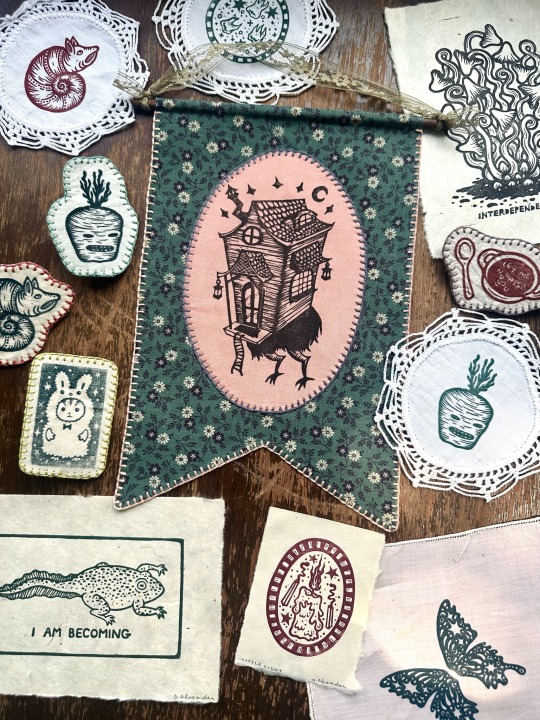


a small smattering of recent prints & stitches from the studio
#going to be doing a big linen shop drop soooooon#soon meaning whenever I have literally any amount of free time at all#summer is shaping up to be Quite Busy#linoprint#printmaker#printmaking#block printing#salted snail studio#relief print#reliefprint#block print#relief printmaking#fabric printing#embroidery#linocut#linocut printmaker#linocut prints#relief printed textiles#upcycled textiles#textile art#fabric art
154 notes
·
View notes
Text
Thank goodness I have no particular interest in knitting, crocheting, weaving, etc., and am therefore immune to yarn. I'm already plagued enough by the urge to Acquire Fabric, and I can't imagine how much worse it must be for people who both sew and do yarn stuff, and are therefore tempted by both!
#textiles#I am being mostly good and restrained about fabric! I am trying! I've only been to the thrift store once in the past month!!#and I found a little bit of pretty cotton print and a lovely bit of blue moire and also a linen table cloth#but there is the recent order of silk obi from ebay because I wrote that blog post about obi silk and had to look at the ebay shop to do it#fabric#the thing is I'm not even especially tempted by most new fabric at the moment because it's so dang expensive and I have such a big stash#but even just scrounging up secondhand stuff there's a lot to be found! so I must limit my thrift store trips#and not look at that ebay shop for at least a few more months...
276 notes
·
View notes
Text
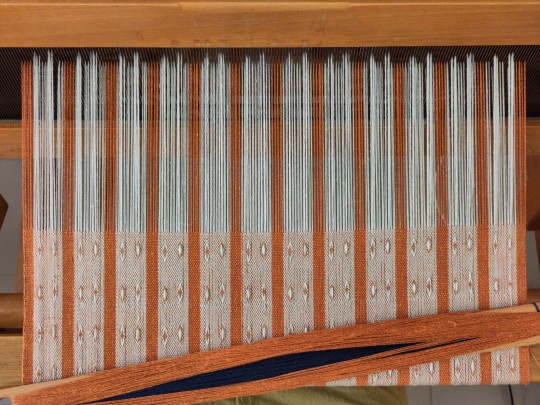
this linen/silk blend thread is giving me LOTS of problems with tension, so I'm making mistake after mistake BUT I still think it's gonna be a gorgeous textile ✨
183 notes
·
View notes
Text
Silk thread and linen threads are on the opposite sides of the “nice to work with” spectrum. Silk thread is enjoyable because it’s nearly frictionless; it glides through fabric smoothly, rarely tangling, almost trying to pretend it doesn’t exist. Linen thread, on the other hand, is enjoyable to me because of the tactility to it - I feel every millimetre of its journey through the fabric, its solidness a grounding force, a demand to be taken seriously. Hello? Excuse me, is this mic turned on?
#sewing#textiles#merry words indeed#anyway uhhhhhh I’m enjoying the linen thread I got#it’s much nicer than than the previous stuff I had which was a bit too thick
137 notes
·
View notes
Text
The Why of Sewing 3: Fabric Anatomy (Fiber Content)
This post is in a series I am starting that is going to talk about concepts in sewing and fiber arts and try and explain some of the whys behind the hows.
The beginner sewist is often (correctly) advised at the beginning of their journey to start with cotton fabric, sometimes specifically woven cotton, but not always. Nevermind that cotton fabric can vary from a tshirt to denim and canvas.
We have learned the difference between a knit and a woven fabric in my previous posts (check the tag #the why of sewing which should bring up the whole series). Let's talk fiber content.
Like fabric structure I basically break fiber down into two groups: natural fibers and synthetic fibers. Below I am going to talk about the fibers you are most likely to encounter as you shop as a home sewist. It is NOT a complete list of fibers, nor could I list the entirety of fabric types made with each fiber.
Natural fibers: these are fibers that come from plants and animals and require minimal processing to be made into fabric.
Wool: This comes from sheep, which are sheared 1-2 times a year. The animal is not hurt in the process and even sheep not raised for fiber production must be sheared for their health. Wool is warm, but breathable. It can be easy to work with in some ways, but it does shrink when washed and so many modern sewists avoid wool. Some folks have sensitivities to wool as well. Wool is most commonly used in suitings and knits.

Image: Shorn sheep in a verdant field (Source: By Roger Kidd, CC BY-SA 2.0, https://commons.wikimedia.org/w/index.php?curid=13035358)
Silk: Silk is made from the cocoons of silkworms, and generally harvested prior to the hatching of silkworm larvae. Silk is expensive to produce and considered a luxury good. Silk is shiny and lightweight, it can be surprisingly warm. Silk can loose its sheen in the wash and because the fiber is so delicate it can be difficult to sew. There is a lot of misinformation on the production of both silk and wool online. Worm Spit has been educating fiber artists about the process of making silk since 2002.

Image: a vintage style poster showing various stages of the silkworm moth (By Bibliographisches Institut, in Leipzig - Meyers Konversations-Lexikon, 4th Auflage, Band 14, Seite 826a (4th ed., Vol. 14, p.826a), Public Domain, https://commons.wikimedia.org/w/index.php?curid=2317808)
Cotton: Cotton comes from the cotton plant, there are several varieties commonly grown and it is the most common natural fiber used in textile production. The cotton fiber comes from the seed head of the plant. Cotton can be made into light breathable fabrics and warm cosy fabrics. The list of fabrics made from cotton might actually be endless but here are a few you might encounter: jersey knits, denim, quilting cotton, gauze, lawn, voile, sweatshirting, twills, poplin, oxford cloth, canvas...

Image: the cotton boll, or seed pod (source: Public Domain, https://commons.wikimedia.org/w/index.php?curid=689304)
Linen: Linen comes from the flax plant. The fiber comes from the long stem of the flax plant and can be difficult to break down into a usable state. It is also difficult for modern spinning equipment to make into threads, which is why linen tends to be quite expensive in comparison to cotton. Linen is cool to the touch and very strong. It also wrinkles very easily. Coarsely woven linen can be uncomfortable for some to wear. Linen tends to be made into simple plain woven fabric, occasionally knit fabrics, and can vary in weight from handkerchief linen (very fine, almost transparent) to canvas. I recently reblogged THIS POST which had some incredible links regarding linen production.
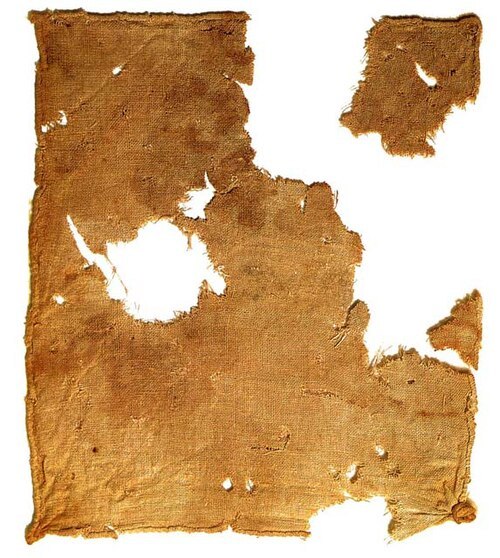
Image: linen cloth recovered from Qumran Cave 1 near the Dead Sea (Public Domain, https://commons.wikimedia.org/w/index.php?curid=248420)
Synthetic fabrics: these are fibers that have been manufactured through industrial processes.
Polyester/Acrylic/Nylon: These fabrics are plastic. They are made from different types of plastic, but ultimately a liquid petrolum product is extruded into a long filiment and made into cloth. They can be made into woven or knit fabric. The way they are made can have many different properties. Generally polyester is what you find in the home sewing world. Polyester is not breathable and because it is oil based it tends to hold on to smells. It melts when it is too hot and therefore can only be ironed carefully. Polyester also tends to be very strong and can help make very sturdy fabrics. Because polyester is very inexpensive to produce it is frequently combined with other fibers to reduce production cost.

A diagram of "dry spinning" polyester fibers (source: https://encyclopedia.che.engin.umich.edu/fiber-spinning/)
Spandex/Lycra/Elastine: this is the stretchy stuff! Generally found in combination with other materials this is what makes fabric go beyond the mechanical stretch that is produced by the fabric structure. In small amounts mixed with cotton it makes a fantastic tshirt jersey, 100% spandex is great for swim and dancewear. As we discussed in the knit article I posted previously adding stretch to sewing does make it more complicated to work with, but used wisely spandex is your friend. Best not pressed excessively as the fiber has a protein structure that breaks down when it is hot. Also if you have a garment or fabric with a lot of spandex content you might want to consider avoiding the dryer.
Rayon/Viscose/Bamboo/Lyocell/Cupro/Tencel: There are SO MANY names for cellulose fabrics. These are sometimes categorized as semi-synthetic fibers, or even put in with natural fibers. They are all the same thing deep down. Cellulose (generally sourced from trees and plants) is chemically broken down into its most essential parts and then extruded into a filiment. These fibers were originally developed as a silk substitute. Rayons are fine, breathable, and have a drape that clings to the body. They shrink in the wash and can continue to shrink through several washes. They also can be fragile when wet. Rayons are made into both woven fabrics and knits and they tend to be thin and fine fabrics. Rayon fabrics, especially those labeled as bamboo are frequently greenwashed as environmentally friendly, because they are sourced from a renewable resource, but the process of producing cellulose fibers is highly polluting and uses significant amounts of water.
While there are outliers, most textiles you will encounter while shopping for fabric will be made of the above fibers. A deeper dive into these would be fun, but I find at least 3 potential rabbit holes I could go down every single post I make here.
#quilting#sewing#sewing tutorial#fabric#textile art#sewing tips#sewing techniques#the why of sewing#fabric content#fiber#fiber content#cotton#wool#linen#silk#rayon
105 notes
·
View notes
Text


Historical clothing project layers:
Peplos made from a wool blanket we had that has the right dimensions. I fussed with overtunics for a bit before remembering how much I love wearing a peplos. Simple, practical, elegant, warm, and if you need an extra blanket at night you just unpin it and add it to your bed. Brilliant.
Kilt pins for fibulae (not visible in photo but they're holding the peplos together at the shoulders). I was so surprised to learn that this style of pin has been in use for millennia!
Belt bag from some other project so it does have synthetic felt in between the linen layers. I can't function without some kind of pocket and my internet friends can fit in this one.
Blue cloak made from a moth-eaten wool blanket I thrifted a few years ago. You can see where I repaired the holes with white yarn.
I might have spent a total of $15 on the items above, but because I've had them for years, I'm not counting that as part of the cost of this project. I also have a pair of crocheted (shh) wool mitts and a scarf. Next up: shoes!
111 notes
·
View notes
Text
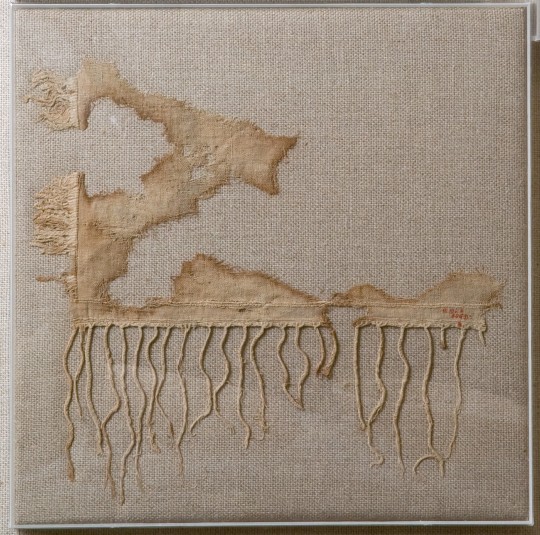
Linen fragment, 1635BC-1458BC, Egypt.
117 notes
·
View notes
Text

Love the One You're With, 1969
#60s textiles#60s linens#60s floral#60s homes#1969#1960s#60s#sixties#60s style#decor ideas#pattern ideas#60s ads#60s advertising#ad detail
67 notes
·
View notes
